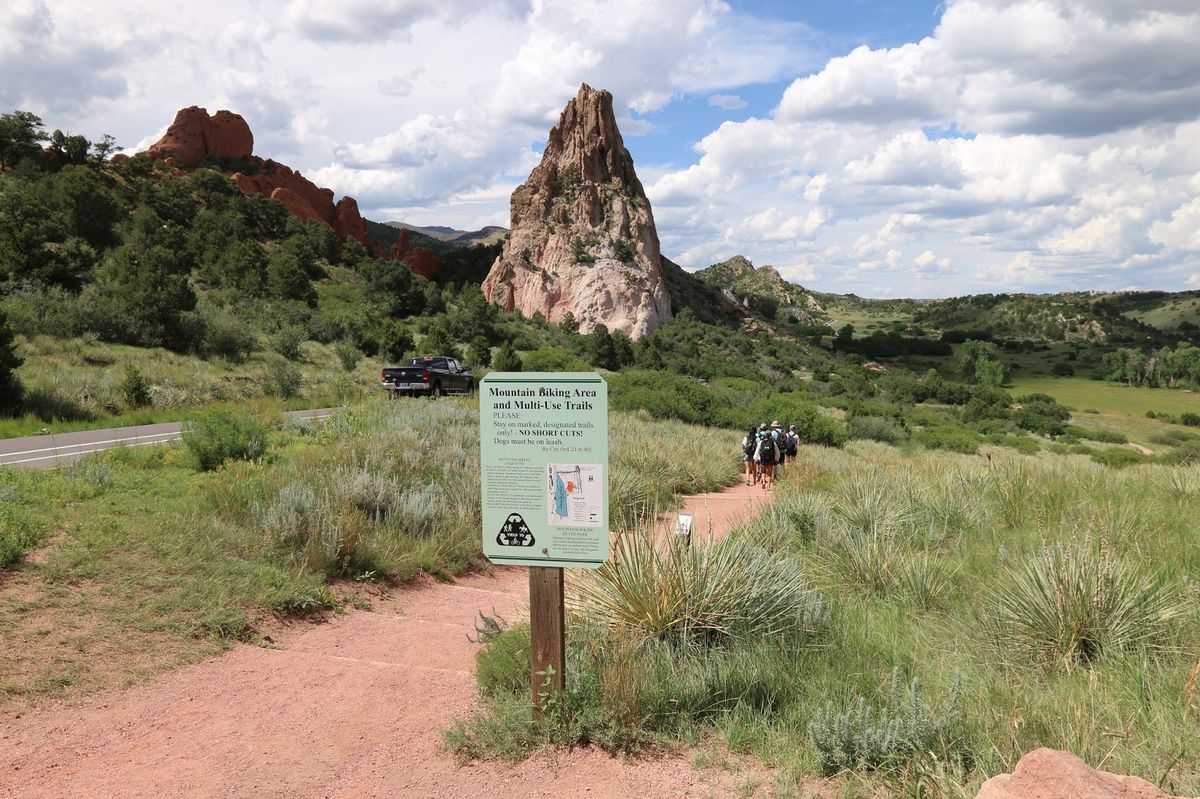Secrets Of Colorado’s Ute Trail Trading Routes

Have you ever wondered about the hidden paths that shaped Colorado's history? The Ute Trail Trading Routes are a fascinating part of the state's past. These trails were used by the Ute people long before European settlers arrived. They connected various regions, allowing trade and cultural exchange to flourish. Imagine traveling through the rugged Rocky Mountains, guided by the same routes that have been used for centuries. Today, these trails offer a glimpse into the rich heritage of the Ute people and the early days of Colorado. Whether you're a history buff or an outdoor enthusiast, exploring these routes can be a rewarding experience.
Discovering the Ute Trail Trading Routes
The Ute Trail Trading Routes in Colorado are a fascinating glimpse into the past. These paths were once bustling with activity as the Ute people traded goods, stories, and culture. Today, these trails offer a unique way to explore Colorado's rich history and stunning landscapes.
1. Ute Pass
Ute Pass is one of the most well-known trading routes. This trail was a vital link between the plains and the mountains.
- History: Ute Pass was used by the Ute people for centuries. It connected their summer hunting grounds in the mountains to their winter camps on the plains.
- Scenery: The pass offers breathtaking views of Pikes Peak and the surrounding area.
- Activities: Hiking, wildlife watching, and photography are popular here.
2. Cochetopa Pass
Cochetopa Pass is another significant route that played a crucial role in the Ute's trading network.
- History: This pass was a major thoroughfare for the Ute people, linking the San Luis Valley with the Gunnison River Valley.
- Scenery: The pass provides stunning views of the Cochetopa Hills and the La Garita Mountains.
- Activities: Ideal for hiking, horseback riding, and exploring historical sites.
3. Poncha Pass
Poncha Pass served as a gateway between the Arkansas River Valley and the San Luis Valley.
- History: The Ute people used Poncha Pass to trade with other tribes and settlers.
- Scenery: The pass offers panoramic views of the Sangre de Cristo Mountains.
- Activities: Hiking, bird watching, and enjoying the natural beauty of the area.
4. Marshall Pass
Marshall Pass was a key route for the Ute people, connecting the Arkansas River Valley to the Gunnison River Valley.
- History: This pass was heavily used for trade and travel by the Ute people.
- Scenery: The pass features beautiful views of the Sawatch Range and the surrounding forests.
- Activities: Perfect for hiking, mountain biking, and exploring historical landmarks.
5. La Veta Pass
La Veta Pass is a historic route that provided a vital connection between the San Luis Valley and the plains.
- History: The Ute people used this pass for trading and seasonal migrations.
- Scenery: The pass offers stunning vistas of the Spanish Peaks and the Sangre de Cristo Mountains.
- Activities: Hiking, wildlife spotting, and enjoying the scenic beauty.
6. Mosca Pass
Mosca Pass was an important route for the Ute people, linking the San Luis Valley with the Wet Mountain Valley.
- History: This pass was used for trade and travel by the Ute people for centuries.
- Scenery: The pass provides breathtaking views of the Great Sand Dunes and the Sangre de Cristo Mountains.
- Activities: Ideal for hiking, bird watching, and exploring the natural wonders of the area.
7. Medano Pass
Medano Pass is a lesser-known but historically significant route used by the Ute people.
- History: This pass connected the San Luis Valley with the Wet Mountain Valley and was used for trade and travel.
- Scenery: The pass offers stunning views of the Great Sand Dunes and the surrounding mountains.
- Activities: Perfect for hiking, off-roading, and exploring the unique landscape.
8. Hayden Pass
Hayden Pass was a crucial route for the Ute people, linking the Arkansas River Valley with the San Luis Valley.
- History: This pass was used for trade and travel by the Ute people for generations.
- Scenery: The pass features beautiful views of the Sangre de Cristo Mountains and the surrounding forests.
- Activities: Ideal for hiking, mountain biking, and exploring historical sites.
9. Old Spanish Trail
The Old Spanish Trail was a major trade route that connected the Ute people with other tribes and settlers.
- History: This trail was used for trade and travel by the Ute people and later by Spanish explorers.
- Scenery: The trail offers diverse landscapes, from deserts to mountains.
- Activities: Perfect for hiking, horseback riding, and exploring historical landmarks.
10. Ute Indian Trail
The Ute Indian Trail is a historic route that provided a vital connection between the Ute people and other tribes.
- History: This trail was used for trade and travel by the Ute people for centuries.
- Scenery: The trail offers stunning views of the Rocky Mountains and the surrounding area.
- Activities: Ideal for hiking, wildlife watching, and enjoying the natural beauty of Colorado.
Discovering Colorado's Hidden History
Exploring Colorado's Ute Trail trading routes offers a unique glimpse into the past. These trails, once bustling with activity, reveal the rich culture and history of the Ute people. Walking these paths, you can almost hear the whispers of ancient traders and feel the pulse of a bygone era. The landscapes are stunning, with breathtaking views and diverse wildlife. Each step taken on these trails connects you to a time when trade and travel were vital for survival. Whether you're an avid hiker or a history enthusiast, the Ute Trail trading routes provide an unforgettable experience. They remind us of the resilience and ingenuity of the Ute people. So, lace up your hiking boots, grab a map, and set out to uncover the secrets of Colorado's hidden history. The journey promises to be both educational and awe-inspiring.

